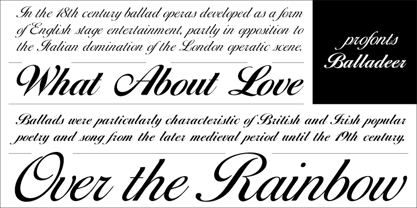Puede utilizar una licencia de Electronic Doc para incrustar fuente en una publicación electrónica, como un eBook, revista electrónica, periódico electrónico o PDF interactivo.
Una licencia de Electronic Doc se basa en el número de publicaciones en las que se utiliza fuente . Cada número cuenta como una publicación independiente. Las variaciones regionales o de formato no cuentan como publicaciones independientes.
Las versiones actualizadas de publicaciones que son gratuitas para clientes anteriores no necesitan una nueva licencia; en caso contrario, cada nueva versión cuenta como una publicación independiente.
Para el uso de fuente en las imágenes gráficas que aparecen en la portada del ePub, considere la posibilidad de utilizar una licencia de Desktop , ya que la mayoría lo permiten. lo permiten.
